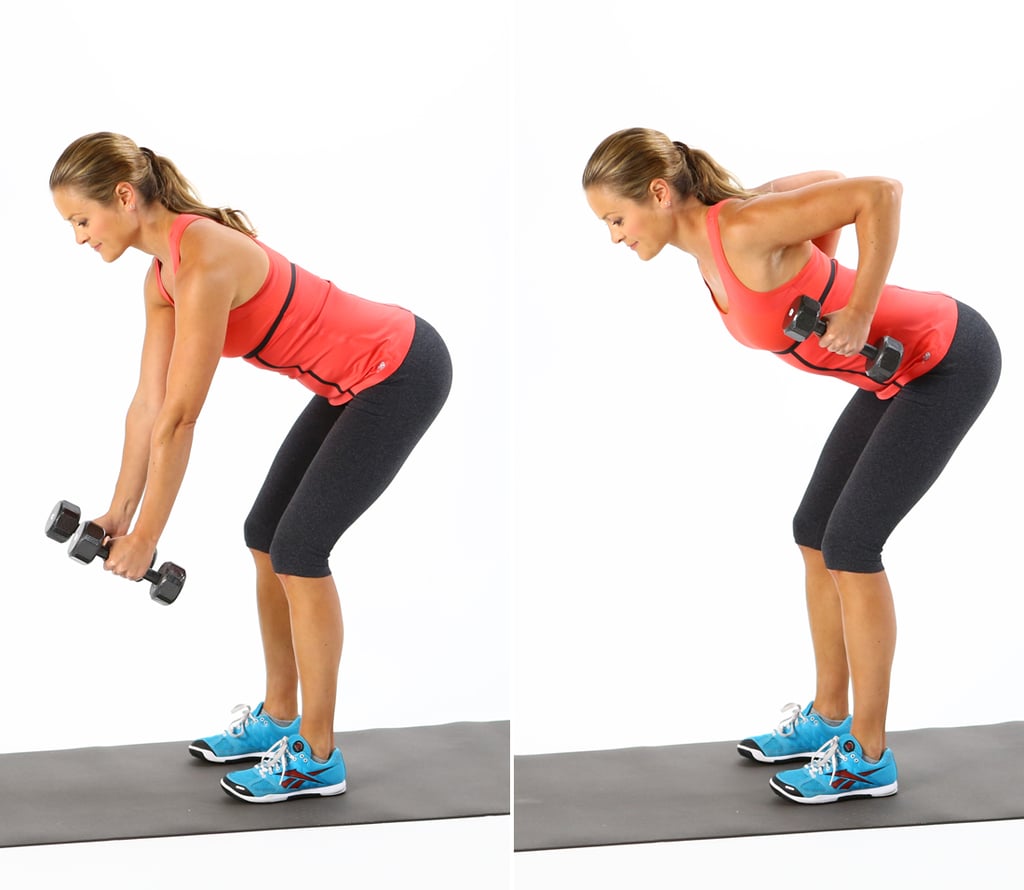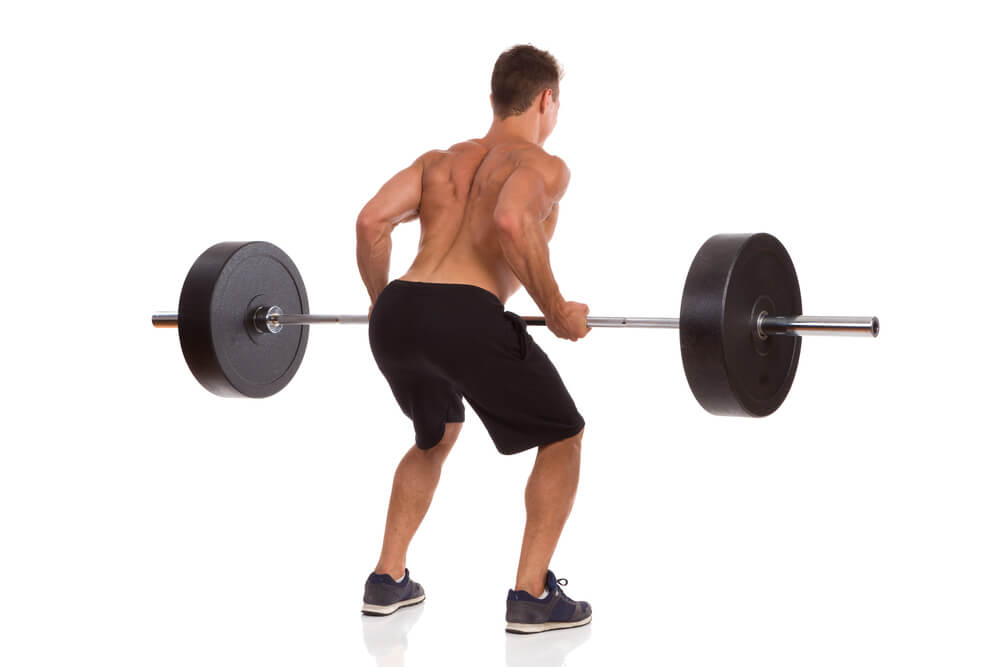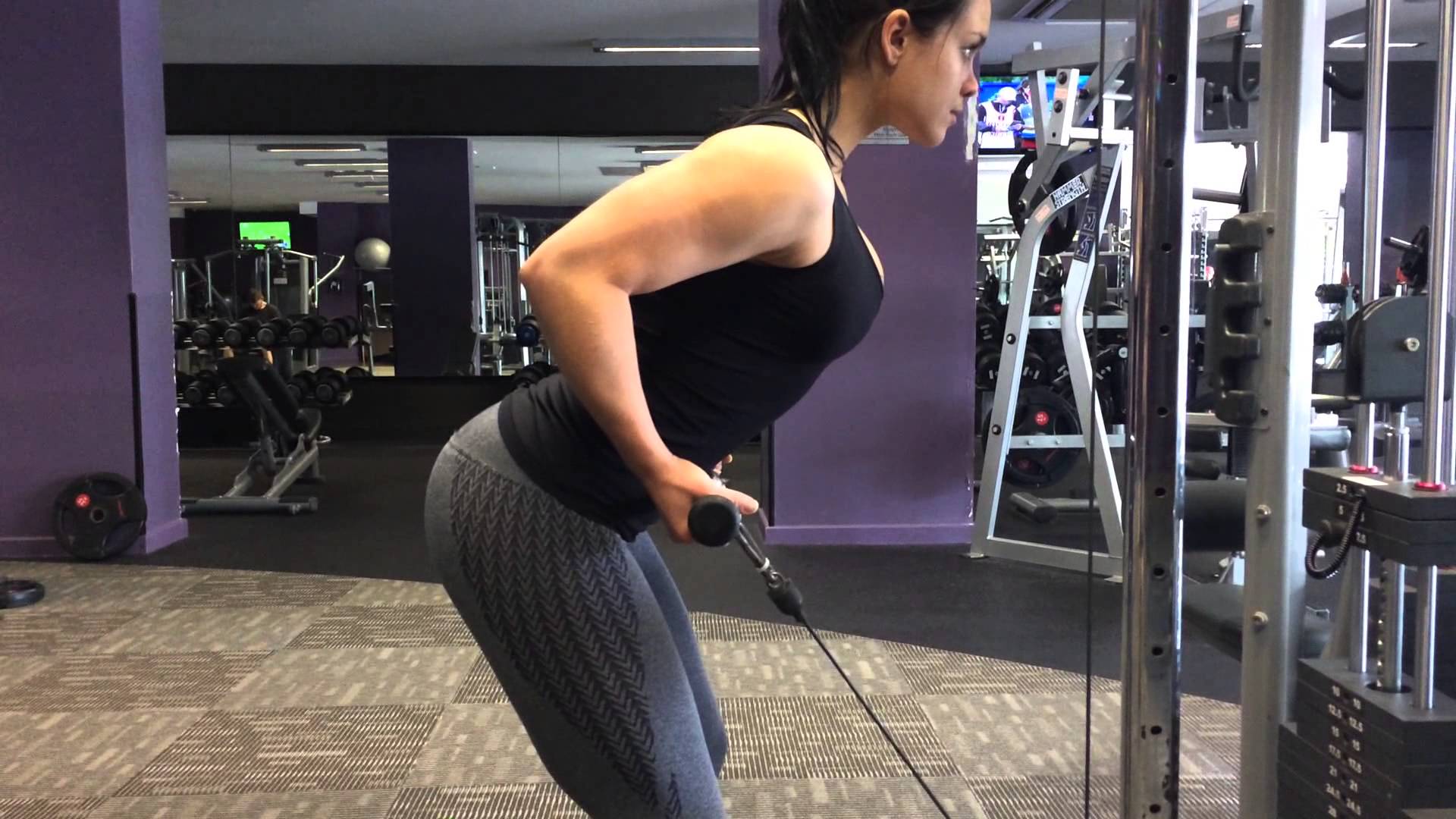You can have many ways to row as you have probably seen a number of methods and versions of rows at the native workout stations.
However, if you want to attain the strongest back that can withstand heavier deadlifts and exigent back workouts, it is the right time to add some heavy rowing to your workouts.
Let’s compare two famous and popular rows; the Pendlay row and the Bent over row and analyze which one is better and suitable for bodybuilding freaks.
Bent Over Row:

Before we compare them it would be better to get a brief know-how about their moves and methods.
When performing a bent over row, you are required to wide your feet as approximately as your shoulder width apart. Now, grip the bar with the palm facing your face. Place the bar on the ground, bend over, and grip the bar firmly. Adjust your body at an angle greater than 90-degrees with respect to the ground.
Keep your head and spine in a neutral posture. Now, keeps your torso parallel to the ground lifting your hips slightly up the normal position.
Lift up the bar with the help of hips extension keeping your arms stiff. Row the bar to the lower chest region without stressing biceps.
Once the bar reaches the top point, let it go back toward the ground with very controlled manner.
Keep your movement jerk-free to avoid any muscular injury.
However, do not let the bar to touch the ground and raise it upward again with the same method and muscular sync.
Pulling too much or losing neutral spinal alignment will cause an unsymmetrical muscles development.
Pendlay Row:

Pendlay row was originally introduced by an Olympic weightlifting coach Glenn Pendlay. This is ideal to enhance the strength in rowing muscles.
A major difference between the bent over row and the pendlay row is that when performing pendlay row you are required to put the bar on the ground after each rep.
On the other hand, you cannot put the bar on the ground when performing bent over row.
For the pendlay row, you need to grip the bar with palms facing you and a wider grip as compared to the bent over row.
You start the workout every time from the dead stop with the bar on the floor.
Maintain your body angle exactly at the 90-degree to the ground.
And row the bar with an enhanced thrust toward your lower chest region.
Keep your hips still and spinal alignment intact.
So, what are the differences?
The basic difference between the bent over row and the pendlay row is that the latter is a stricter version of the bent form.
On the other hand, the technical difference is that neither the bent over nor the pendlay put your shoulder in a position to intrude.
When performing the pendlay workout, you are required to keep your torso parallel t the floor.
Now, pull the bar to your upper chest region with having your arms at an angle in between 45-75 degree.
On the other hand, you need to keep your torso at the 45-degree angle and pull the weight toward your lower chest region. Moreover, you are required to keep the bar stranded at the end of each rep.
Interestingly, muscles involved in both workouts are same. The major difference lies in the amount of stress which is faced by the muscles erratically.
So, you can say that the results attained by both rows would be same but with different amount of muscles strength and power developed eventually.
Differences and Applications:
Some of the key differences between the pendlay and the bent over row are elaborated below.
Let’s see how these differences impact the muscular strength as well as body symmetry.
Muscular Hypertrophy
Both rows have the capability to develop back, torso and glute muscles effectively.
In order to attain the required results you just need to focus on the training span, workout volume, and suitable reps.
Moreover, you can develop muscular hypertrophy with the help of both rows. Again you need to know particulars accurately like hand placement, hips angle and rep rate etc.
General Strength
In order to attain your required strength, you must spend time on both rows equally. However, you also have to decide whether you want an overall strength or a positional strength is your priority.
If you are facing some physique issue like tightening of back muscles or squat, you need to adopt pendlay-style workout.
On the other hand, if you want to develop an overall size and strength, then the bent over body training would be a better choice.
Pendlay-type row is a perfect choice for the weightlifters because it develops hamstrings and back muscles.
This row develops significant breakthrough stick points that are essential for weightlifting activity.
That’s why trainers suggest performing the pendlay row in order to develop muscles for the weightlifting.
Contrarily, bent over row is not that much ideal for weightlifters because this row puts a lot of stress on the hips as well as lower back.
This row does not develop stick points.
Common mistakes while performing bent over row
1. Train what you want to train
The first and foremost rule of workout is to let your muscles work, not your ego. Never engage your whole body to pull or push a heavier weight beyond your muscles limit.
Total and irregular body involvement will do more harm than good.
So, when you perform a bent over row, hold your joints static, recheck the weight and focus on the muscles that you want to develop.
2. Pulling too far past the midline
Keep a keen eye on the level of lifting bar. You should never cross the midline while lifting the bar upward.
Performing too far past the midline will cause a slight dislocation of the arm bone from its shoulder end, potentially causing a serious injury.
You can optimize your workout without harming your shoulder joint. Just keep an eye on the movement and enjoy better results.
The common mistake while performing pendlay row
1. Low rep sets not suitable
Pendlay row is very easy for those who can manage the deadlifts. So, you can use row for the strength-building purpose.
However, you should perform more rep sets because dead-stop offers lower muscles tension. This row is not suitable for the very low rep sets like 3-5.
2. Neglecting requirements
Sometimes, lifters make very common mistakes: avoiding a full dead-stop phase, using hips to perform the movement and not maintaining an exactly parallel position relative to the floor.
Conclusion
I would like to recommend you bent over row because this row offers enhanced tension and a longer loading span. It also has added benefit of taking the shoulder blade through a greater range of movement.
I also prefer this row as it offers more size and strength development as compared to the pendlay or any other rowing exercise.
So, if you want to develop enhanced strength and muscles’ girth then you should adopt the bent-over-style without any doubt.
On the other hand, pendlay rows are great because the whole body along with hamstrings and back muscles have to be up to snuff.
In this way, an ideal physical symmetry is developed eventually.
However, its holistic nature limits lifter to bring-up more weight creating more muscle tension in the arms. A perpetual and focused exercise can fix the problem.

